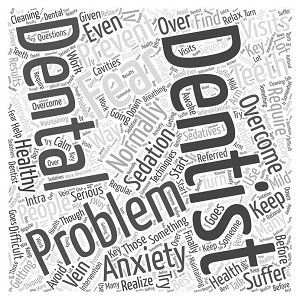Helpful Breathing Exercises to Follow If You Suffer from Dental Anxiety
- By Mary Marks
- •
- 11 Aug, 2020
- •

Many people suffer from anxiety when they have to go to the
dentist. For some it’s not easy to control, so they prefer not to go that
often, which leads to complications and cavities. Fortunately, you don’t have
to succumb to your fears, as there are many methods that can enable you to deal
with your anxiety instead of falling prey to it, take a look at some of the options here https://www.coloradosedation.com.
One of these methods involves breathing exercises. Some calming exercises will help you feel better and relax even in situations that used to make you feel completely lost in the past.
Before going to see your dentist, use deep, abdominal breathing to relax your senses and calm your anxiety. Your breathing should be slow and stable, without being forced, and the air should be drawn down into your belly, rather than just into the lungs at a surface level. This type of abdominal breathing will help ground you and make you feel like you can deal with the issue from a more stable place.
Another form of breathing involves making your breaths slower and slower by counting them. At first, count from 1 to 3 as you breathe in and out for a couple of times. Then the next set should go from 1 to 5, then 1 to 7 and so on. Continue until you reach a point where you can slow down your breath but still remain comfortable without forcing it.





Although oral sedation dentistry Highlands Ranch is one of the optionsavailable for managing anxiety and discomfort during oral surgery, you certainly do not need to use it all the time. As a matter of fact, the exact type of sedation or anesthesia that you receive during oral procedures may depend on various factors, such as the complexity of the procedure, your medical problems, as well as your doctor’s preferences.
There can be several different levels of sedation that can be used in oral surgery. Local anesthesia is one of them. This involves injecting anesthetic medication into the specific area where the surgery will take place. It numbs the area and is often used for less invasive procedures.
Oral sedation involves taking medication in the form of a pill to induce a state of relaxation and drowsiness. The patient is still conscious, but he/she may not be fully aware of the procedure. At any rate, sedation helps him/her get rid of anxiety.
In the case of intravenous sedation, medication is administered through a vein, which induces a deeper state of sedation than oral sedation. Patients may still be conscious, but they are less aware of their surroundings and may not remember the procedure.





